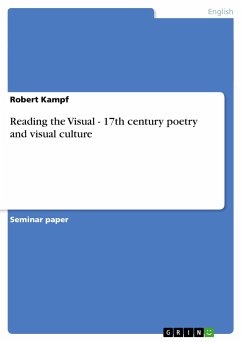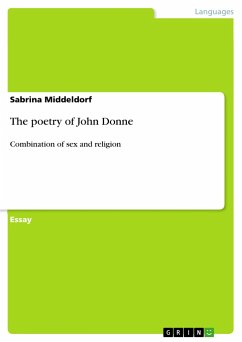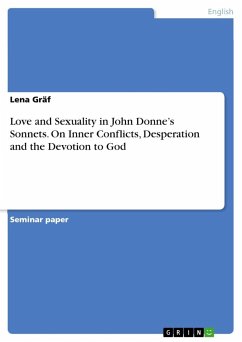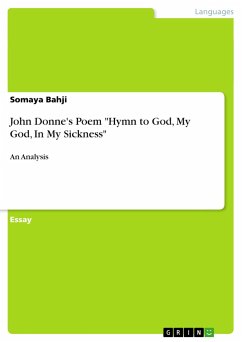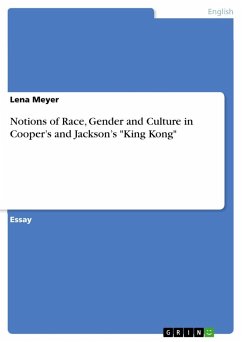Seminar paper from the year 2019 in the subject English Language and Literature Studies - Literature, grade: 1,7, University of Augsburg, language: English, abstract: The aim of this term paper is to examine how John Donne broke with the Petrarchan tradition in English Renaissance poetry by openly alluding to sexuality while still including Neoplatonist and other Renaissance influences in his poetry. To this end, a look at some relevant aspects of Donne's life and views will be followed by an overview on Neoplatonist and Petrarchan influences on English Renaissance poetry and its dealing with love and sexuality. An analysis of two of Donne's poems illustrate the contrasting directions his poetry takes towards religious, spiritual and Neoplatonist ideas on the one and the allusion to sexuality on the other hand.Among the poets of the English Renaissance, John Donne is one of the most original and innovative one, with a collection of poems that even have a modernist touch in them. One of the things that makes John Donne's poetry so intriguing is its mixture of Neoplatonist or religious notions that had a great impact in English Renaissance poetry and the description of eroticism, physicality and sexuality that does not fit into the poetry marked by the Neoplatonism that followed the tradition of the Renaissance role model Petrarch and was very common at the time.


